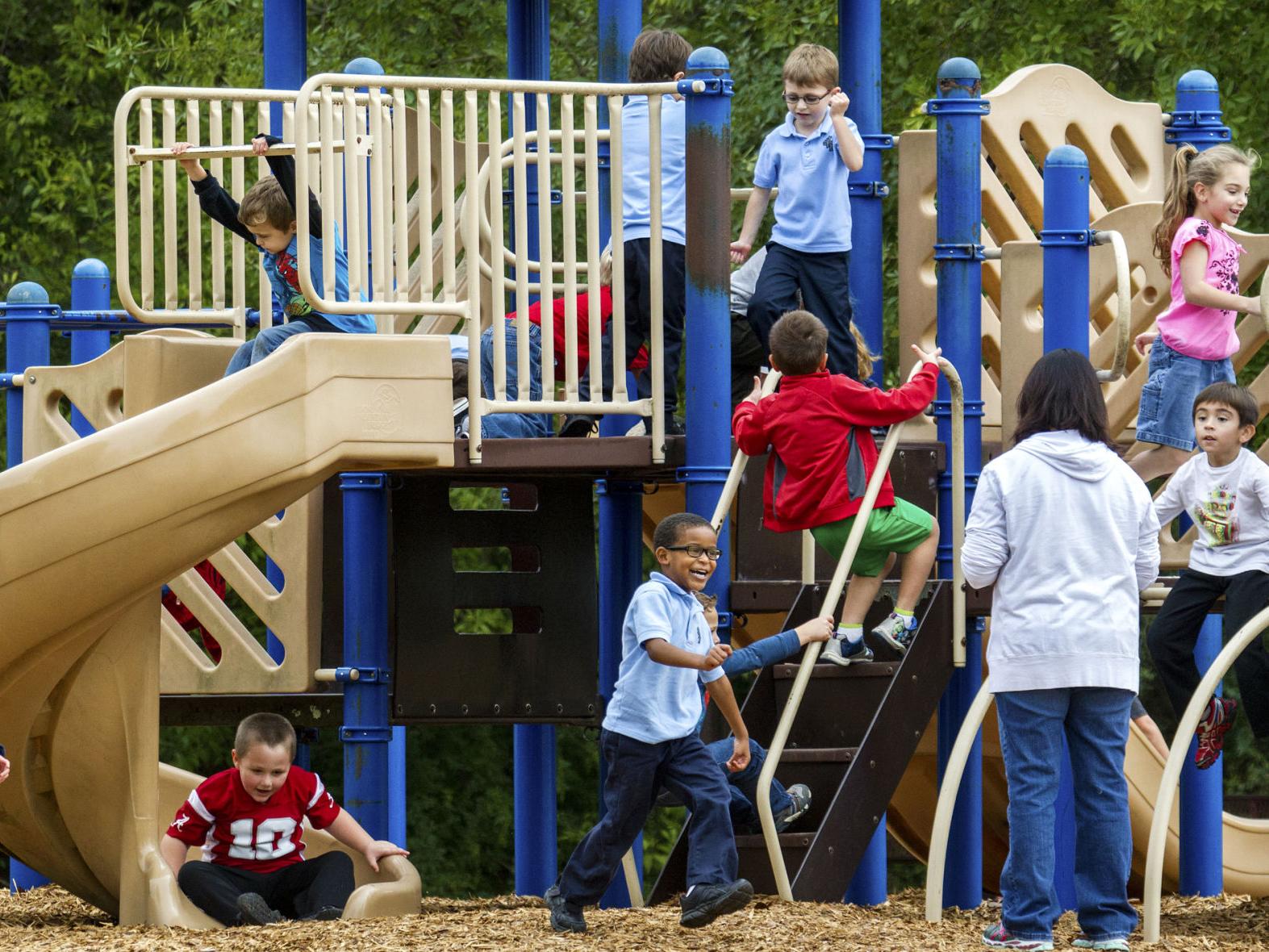Co-written by Jessica Casebolt and Meghan Phillipp
The COVID-19 pandemic uniquely impacted children as they experienced the crisis during important periods of physical, social, and emotional development, and some even lost loved ones. Over the course of the pandemic, households with children have experienced significantly higher rates of economic hardships than households without children, leading to increased rates of stress and anxiety not only among adults but children. According to the Centers For Disease Control and Prevention(CDC), more than 40 percent of teenagers struggle with persistent feelings of sadness or hopelessness. Furthermore, as our colleague Sara noted in her blog post, more than half of parents express concern over their children’s mental well-being.
As educators, students, parents, and providers approach the 2022-23 school year, they are hoping that it will resemble a “normal” school year of in-person learning and that the worst of the pandemic disruptions are behind them. While it seems plausible that the school year will not be interrupted by quarantines or social distancing, without concerted efforts, the pandemic’s ramifications on mental health will continue to impact children’s success in and out of the classroom.
Recognizing the severity of the situation, the federal government and local stakeholders have launched efforts to strengthen mental health services, with a specific focus on school-based support services.
Crisis Responses to the Rise in Mental Health Challenges for Youth
At the start of 2021, our colleague Mindy offered insight regarding the potential response to the mental health crisis for youth and the rising concerns. In her blog post, she notes that in October (2021), the American Academy of Pediatrics, the American Academy of Child and Adolescent Psychiatry, and the Children’s Hospital Association declared a national emergency in child and adolescent mental health. Less than two months later, U.S. Surgeon General Dr. Vivek Murthy issued a new Surgeon General’s Advisory that called for a swift and coordinated response to this crisis.
President Biden put forward a comprehensive strategy to address the mental health crisis in America during his State of the Union Address (March 1, 2022). On July 29, the Biden-Harris administration announced two new actions intended to strengthen school-based mental health services and address children’s mental health:
- Awarding the first of nearly $300 million the president secured through the FY2022 bipartisan omnibus agreement to expand access to mental health services in schools
- Encouraging governors to invest more in school-based mental health services
The National Academy for State Health Policy did a national scan of school-based programs, which found that 38 states enacted nearly 100 laws since the onset of the COVID-19 pandemic to provide funding for school-based mental health services, strategic planning to improve school mental health systems, training and resources for school staff and students, and guidance for school policies.
Want more daily health intelligence from Third Horizon Strategies? Sign up for Tea Leaves – a free daily newsletter capturing a rundown of the most important health industry activity!
In Illinois specifically, Governor Pritzker signed legislation renewing support for Illinois Children’s Mental Health Partnership and the creation of the Holistic Mental Health Care for Youth in Care Task Force to increase and expand children’s access to behavioral health services.
To address some of the compounding challenges, the Illinois Children’s Mental Health Partnership (ICMHP) recently developed the Illinois Children’s Mental Health Plan, urging the state to concentrate on five priorities over the next five years:
- Increase public awareness on all issues connected to child mental health and wellness to decrease stigma and promote acceptance
- Improve state coordination to assess needs better, ensure effective spending, and foster innovation
- Create a centralized, public-facing hub to streamline system navigation, resources, and funding for families
- Invest in the full child-serving workforce, including mental health providers, educators, pediatricians, hospitals, and others who work with and support our children and families
- Fund the design, implementation, and evaluation of an integrated and responsive system of care strategies
Learnings from Chicago-based Efforts
During a Health Care Council of Chicago (HC3) event last week, panelists discussed ways to bolster youths’ access to mental health services, recognizing that the COVID-19 pandemic will continue to impact their mental health even if it is deemed to be winding down. This event focused on the local market. However, many of the ideas and themes apply to communities nationwide.
Dr. Aron Janssen, MD, Vice Chair, Pritzker Department of Psychiatry and Behavioral Health at Ann & Robert H. Lurie Children’s Hospital of Chicago, shared that offering incentives, financial or otherwise, and training to help primary care providers could potentially increase the ability of primary care physicians to screen for mental and behavioral health diagnosis. Dr. Adams also said collaborative care is essential within this space as there is an immense shortage of trained personnel.
In order to cultivate more supportive practices for both parents and youth, Judith Allen, PsyD, Chief Operating Officer and Clinical Director at Communities in Schools (CiS), said CiS aims to surround students with community support and empower them to stay in school. By meeting families where they are and being open to understanding students’ and parents’ unique perspectives, the organization is able to continue building trust with the families to ensure the overall success of the students they are serving.
Martha Glynn, medical director of school-based health centers at Erie Family Health Centers, discussed how the home environment and accessibility to resources can often trigger added stress and other mental health challenges. For example, she said that there are instances of kids exhibiting stress and acting out, and through an investigation of the home environment, they have been exposed to lead in the drinking water or paint on the walls. She said that social determinants of health (SDOH) screenings can often be directly tied to children’s overall physical and mental well-being. Erie screens children for SDOH and she suggested that other health care systems do the same.
Looking Forward
With the extension of the public health emergency, we must continue to invest in resources that improve and expand youths’ access to health and social support systems. A combination of the right policies and federal funding is a starting point. However, to truly address the deeper-rooted challenges that will continue to disrupt progress in addressing the mental health crisis in the U.S., there must be more strategic alignment in addressing the overall health and wellness of families – especially in underserved populations.

